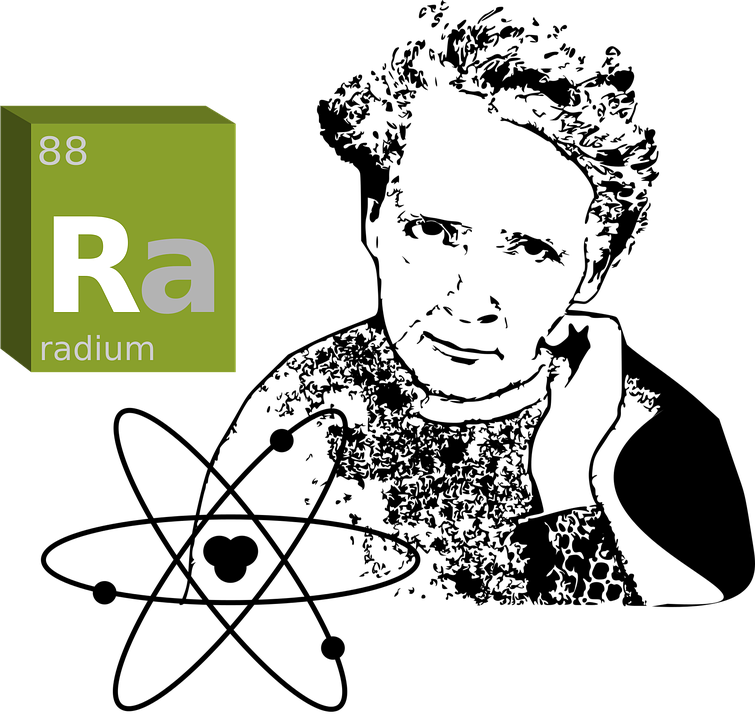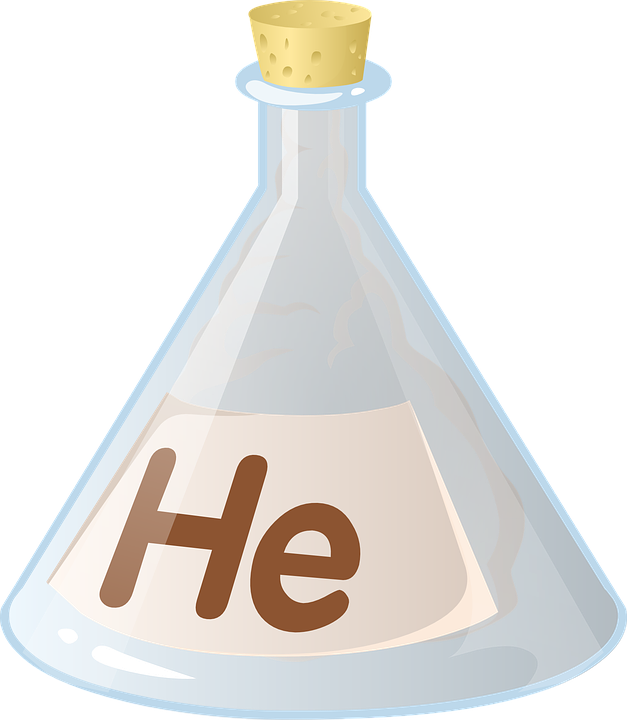Beta Decay in Radioactivity, Definition, Applications and Effects
What is Beta Decay and Why Is It Relevant to Radioactivity?
Radioactive elements generally, depending on their levels of radioactivity undergo a process known as radioactive decay which essentially means that after some reactions the element undergoes some changes that transforms it to another element.
An example of this is uranium transformation to radium over a period of time.
When an atomic nucleus generates a high-energy electron or positron, a form of antimatter particle, this sort of radioactive decay is known as beta decay. The nucleus is altered by this emission, changing it from one element to another with a different atomic number.
A variety of radioactive decay processes, including beta decay, take place when an unstable atomic nucleus attempts to become more stable by releasing extra energy and material. Alpha decay, which involves the release of a helium nucleus, and gamma decay, which requires the emission of a high-energy photon, are two further types of radioactive decay.
Because beta decay is a frequent phenomenon that can cause radioactive isotopes to decay and become more stable, it is relevant to radioactivity. Gamma rays, which are high-energy photons that can kill living things, are frequently released in conjunction with beta decay. This is one of the factors that make radioactivity harmful and necessitate careful management.
The Physics of Beta Decay and How it Works on an Atomic Level
An atomic nucleus releases a high-energy electron or positron, a form of antimatter particle with the same mass as an electron but a positive charge, during beta decay. The instability of the nucleus, which is trying to become more stable by shedding extra energy and matter, is what is causing this emission.
Beta decay can be divided into two categories: beta minus decay and beta plus decay.
Electron is released by an atomic nucleus during beta minus decay, the nucleus then undergoes a change into a different element with a lower atomic number as a result of this process, which lowers its atomic number by one.
On the other hand, positron is released by an atomic nucleus during beta plus decay. The nucleus undergoes a change into a different element with a higher atomic number as a result of this process, which raises its atomic number by one.
The neutrino, a tiny subatomic particle that possesses no electric charge is also released during beta decay alongside the positron and electron. Neutrinos are usually difficult to detect in the atomic structure.
The transition of an atomic nucleus into a new element and emission of high-energy particles are both components of the complex process known as beta decay. It is a significant process that affects both the universe's elemental change and the radioactive isotopes' natural decay.
Consequences of Beta Decay on Different Types of Particles and Elements
As mentioned in the above section, beta decay comes in a variety of forms, such as beta-minus decay, beta-plus decay, and electron capture.
During the beta decay process, beta particles are released from the atomic nucleus of the reactive element. Beta particles are usually a combination of high-energy, fast-moving antimatter particles, that is positrons or electrons.
While the electron and antineutrino are expelled from the nucleus during the beta decay process, the proton remains in the nucleus. The result is more protons being left behind in the nucleus of the atom, the element's atomic number then increases by one which is ultimately known as the beta minus decay.
For beta-plus decay however, a proton in the nucleus is transformed into a neutron, a positron, and a neutrino. While the positron and neutrino are released, the neutron remains inside the nucleus. Because there are fewer protons in the nucleus as a result of this process, the element's atomic number is reduced by one.
An electron from the atom's outermost shell is grabbed by the nucleus during electron capture, where it combines with a proton to create a neutron. The element's atomic number is likewise reduced by one throughout this procedure.
The effects of beta decay on different elements varies, but on a general note beta decay usually causes the following to the reactive body:
- Modification of the body's atomic structure
- Modification or transformation of the body's chemical features and constituents.
- Possible physical decomposition of the reactive body among others.
The Practical Applications of Beta Decay in Everyday Life
Beta decay has the following useful applications in daily life:
1. Medical imaging
Beta decay can come in handy in the field of medicine specifically in medical imaging through the use of chemicals known as tracers.
Images of the interior of a human body system can be created using beta decay.
2. Food preservation
Food can be preserved for a longer amount of time by using beta decay to kill germs and other microorganisms.
Irradiation is a technique used to increase the shelf life of some foods, including fresh vegetables, dried herbs, and spices.
3. Research
In order to learn more about the characteristics of atoms and the behavior of subatomic particles, researchers frequently use beta decay.
Scientists can gain additional insight into the atomic and subatomic structure and behavior of matter by investigating the byproducts of beta decay.
4. Smoke detectors
Americium-241, which experiences alpha decay, is used in some smoke detectors to detect smoke. When smoke enters the detector, it interferes with the americium's alpha particles and sets off an alarm.
Conclusion
The impact of beta decay cannot be understated especial in the field of nuclear physics as well as science and technology as a whole.
For example, valuable evidence supporting the existence of the atomic nucleus and all of its constituents is a resultant effect of the discovery of beta decay by scientists.
It also contributed to the development of the neutron theory, which was put forth in response to the energy balance seen in some beta decays.
Overall, research on beta decay has greatly advanced our understanding of the universe and spawned a number of innovations that have had a profound effect on civilization.




Thanks for your contribution to the STEMsocial community. Feel free to join us on discord to get to know the rest of us!
Please consider delegating to the @stemsocial account (85% of the curation rewards are returned).
You may also include @stemsocial as a beneficiary of the rewards of this post to get a stronger support.